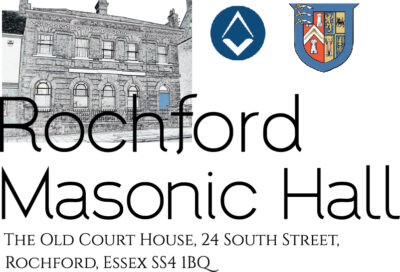This grey stone, grade II listed building looks very different to the other buildings in Rochford. It was built in 1859 at a cost of £3000 in gault and black bricks, as a county court for civil matters, replacing the previous arrangement that county court monthly hearings were held at the New Ship. The design was therefore probably intended to make it stand out as a building of substance.
The work of the Justices of the Peace was conducted in “petty”, “special” or “divisional” sessions or “monthly meetings”. The Rochford Petty Sessional Division originally comprised the parishes in Rochford Hundred and also South Benfleet, Canvey Island and Thundersley, a reminder that Rochford was the administrative centre for a wide area.
When the County Court building was erected in South Street, the inhabitants of Southend complained that the petty sessional courts should be held there instead, as it was the busiest town in the Division. In 1884/85, a sessions building was erected in Southend and from April 1885 courts were held alternately in Rochford and Southend. In April 1894, Southend Borough was granted a separate commission of the peace. A new Southend Courthouse was erected in 1924 and from about 1929 onwards courts were held in Southend only.
When the court transferred to Southend, the South Street building was used as council offices and during World War II as a civil defence hall and the Food Office. A consortium of Freemasons purchased the building on 1st April 1981 and restored it for use as a Masonic Hall.
The central band of painted rendering was used to display the name ROCHFORD DISTRICT COURT and subsequently ROCHFORD DISTRICT COUNCIL. If you look closely, you can still see the outline of letters below the paintwork.
Architecturally, this building is unusual with its grey/white stone façade, using detailing in a heavy style and very sharp-edged. The ground floor has round-arched windows with raised surrounds and imitation rustication, which is a masonry technique where the visible face of each individual block is cut back around the edges to make its size and placing very clear, giving surfaces a finish that contrasts in texture with the smoothly finished, squared-block masonry surfaces. The first-floor has gauged brick arches with imitation voussoirs, which are wedge-shaped or tapered stones used to construct an arch. The original railings to the low brick boundary wall have been replaced with spindly railings with silvered arrow tips.


